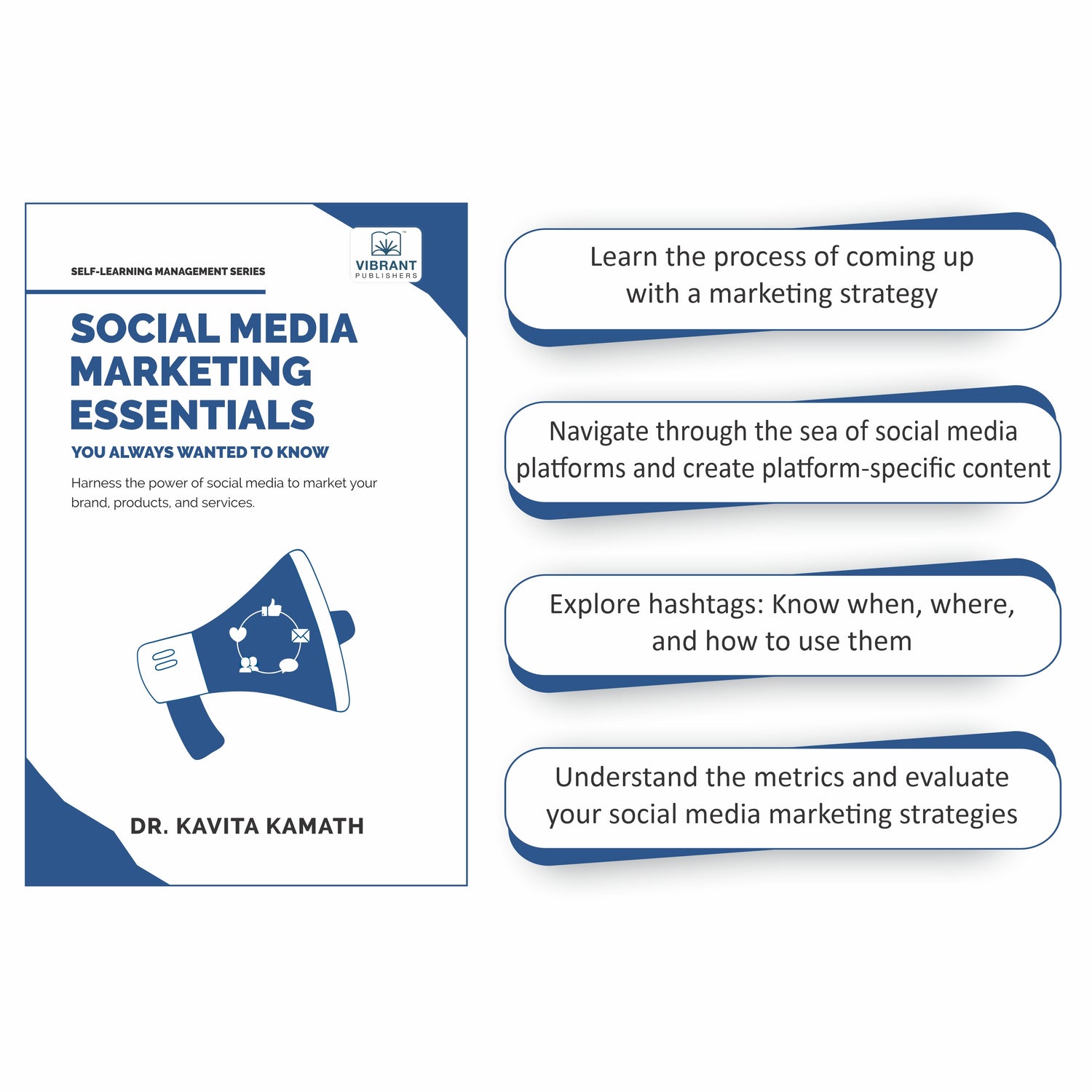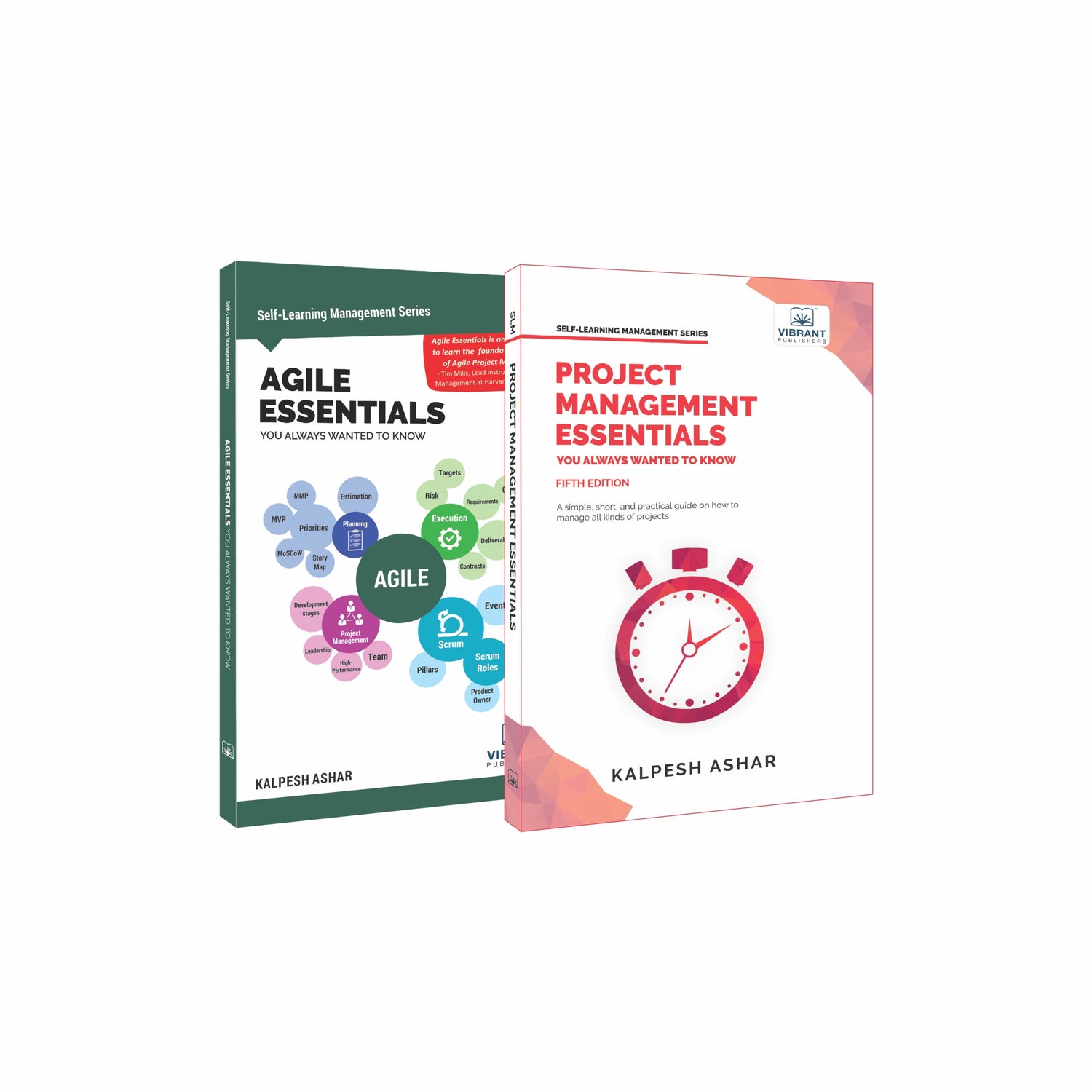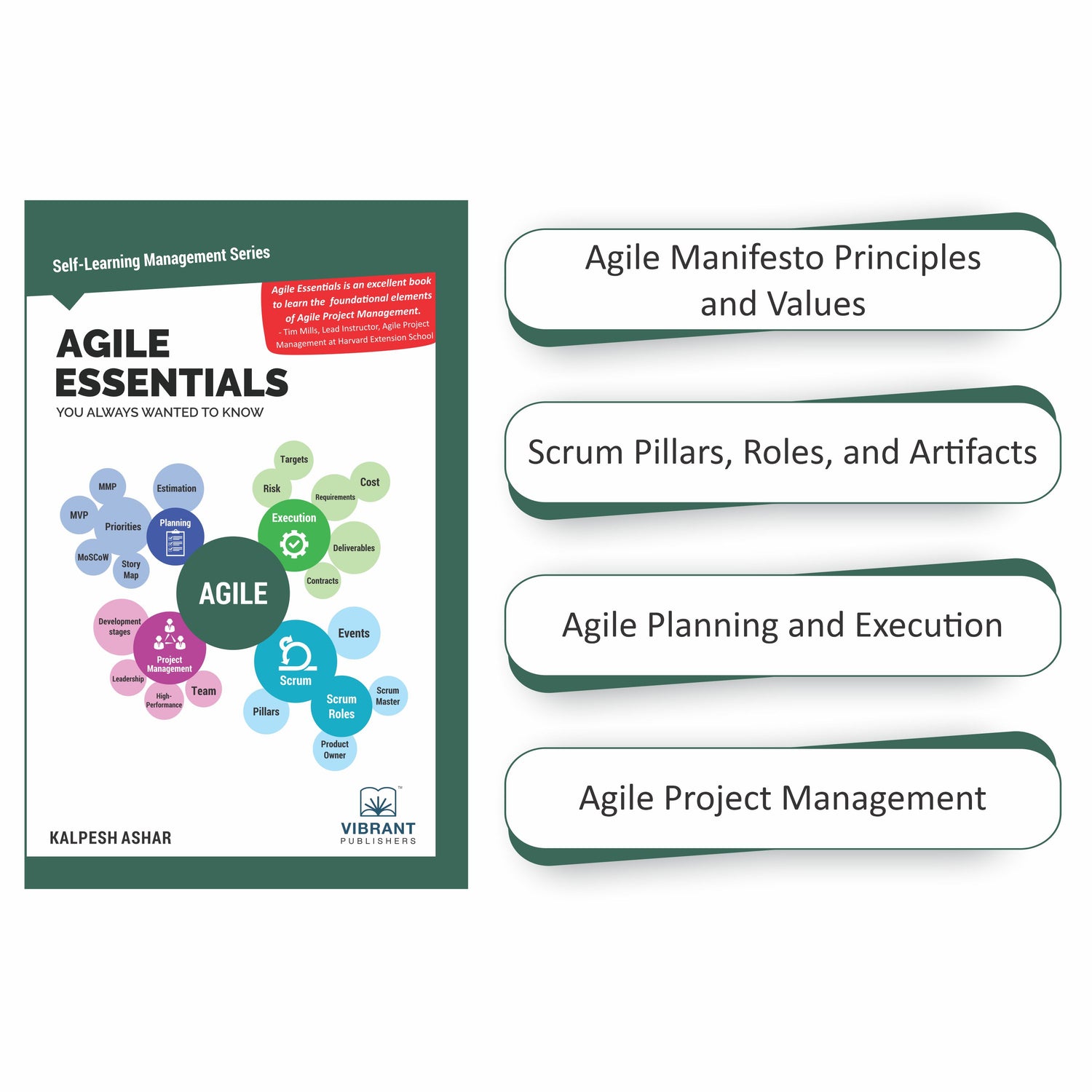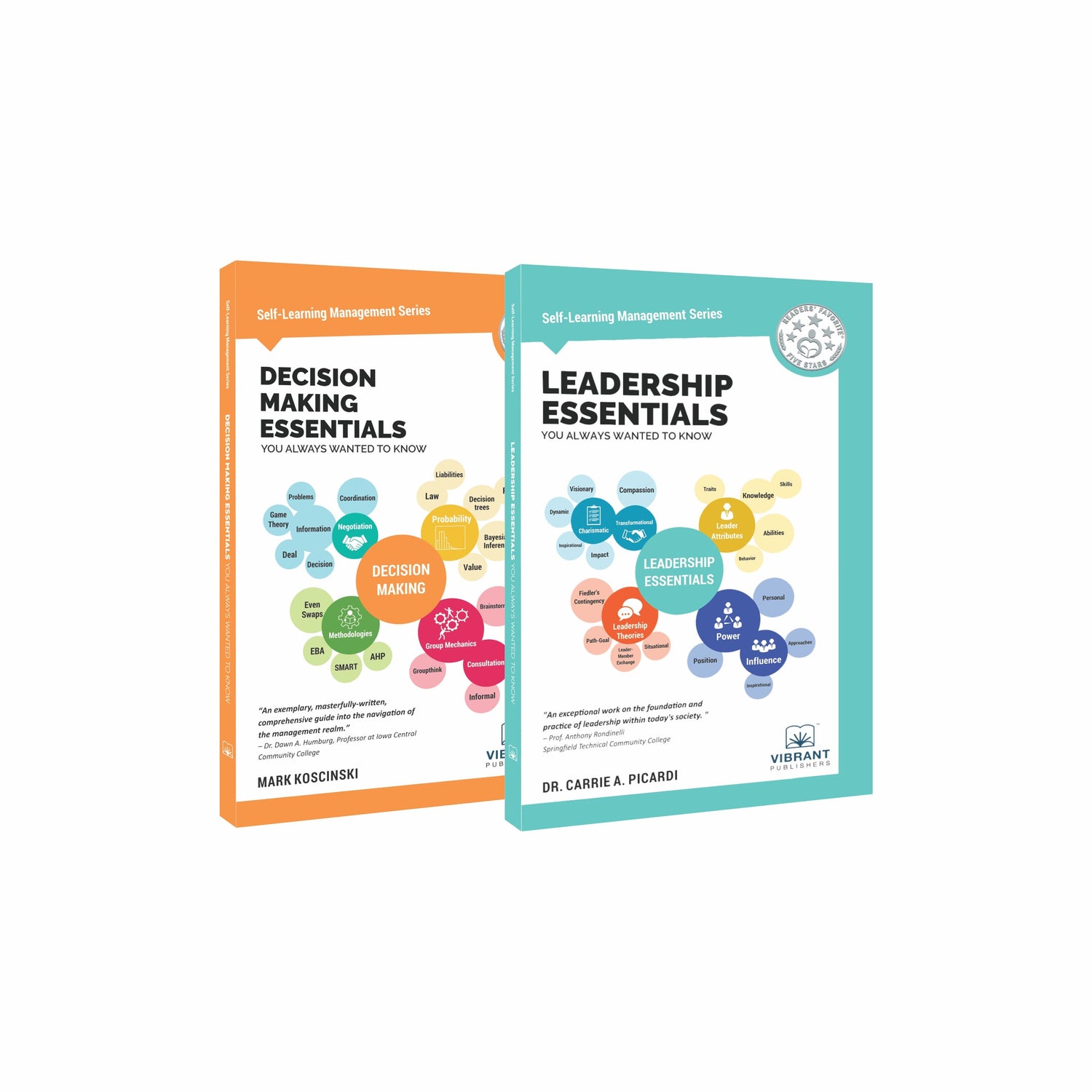Home
-
Blogs on ACT/SAT
-
Boost Your Digital SAT Reading and Writing Score: 8 Proven Tips with Examples

Boost Your Digital SAT Reading and Writing Score: 8 Proven Tips with Examples
Want to score a perfect 800 on the SAT Reading & Writing section? The SAT Reading & Writing section can be one of the most challenging parts of the test, as it tests critical reading, grammar, and reasoning skills to determine if you're college-ready. But here’s the good news: scoring well—even a perfect 800—is absolutely achievable! If you find yourself struggling to infer information from a passage, feeling lost among the countless grammar rules, or having trouble identifying the main idea, you’re not alone. In this blog, we’ll guide you through some proven strategies and tips to help you boost your SAT Reading & Writing score and move closer to that perfect 800..
But first, let’s understand some basics of the Reading and Writing section.
Question Types on the Digital SAT Reading + Writing Section:

The passages in the SAT Reading & Writing section are concise compared to the predecessor paper-and-pencil test, thanks to the discrete format of questions. The skills on which the students are tested have also undergone changes as the Digital SAT is more concerned with evaluating the reasoning and analytical abilities of students. The Reading & Writing section tests students in four domains: Information and Ideas, Craft and Structure, Expression of Ideas, and Standard English Conventions. But you don’t need to remember or focus on any of this information. What you do need to acquaint yourself with is the question types asked under each domain because you will be preparing to solve these questions.
Information and Ideas: In this domain, the questions are based on the central idea of the passage given. This domain is further divided into three areas in which you will be tested.
-
Central Ideas and Details: This question type is divided into two types: Central Idea questions and Details questions. Central Idea questions will ask you to identify the main idea of a text, that is simply, what is the passage’s main topic. The main idea can be determined by choosing an option that summarizes the text most optimally. Details questions will ask you to identify a fact about a certain detail in the passage.
-
Command of Evidence (Textual and Quantitative): Command of Evidence (Textual) questions will provide a (mostly) science-based passage and the question might ask you to choose an option that supports or refutes the claim or conclusion made in the passage. Quantitative questions will provide a graph/quantitative data in a table and a passage accompanying it. Here, you may have to choose an option to complete the last sentence of the passage or select a statement that supports or undermines the claim or conclusion made in the passage with the help of the given data. These questions test your ability to interpret data or textual evidence to answer questions.
- Inferences: Inference passages will present an experiment or facts about some phenomenon and the questions will ask you to choose the option that best concludes the passage. The conclusion should be the most plausible one supported by the facts from the passage.
Craft and Structure: Craft and Structure questions test your ability to answer in-context questions, analyze the structure of a passage, and make reasonable connections between two texts. These questions are all about understanding the information in the passage and using your English language skills to answer questions. This domain asks questions from three areas:
- Words in Context: Words in Context questions are asked in two ways: one is where you will have to fill in a blank with the most appropriate choice and the second is where you will have to choose a word from the options that is most similar in meaning to an underlined word in the passage based on the context of the passage.
- Text Structure and Purpose: You will either be asked to select the main purpose of the text, select a choice that best describes the structure of the text, or state the function of an underlined text in a passage. Do not get confused between main idea questions and purpose questions. Purpose questions ask you the purpose or “why” a passage is written while main idea questions ask the main topic of the text. Recognizing the function of an underlined text means recognizing what role that sentence plays in the passage and structure questions need you to recognize how information in the passage is arranged.
- Cross-Text Connections: You will be given two texts – Text 1 and Text 2 – that discuss a similar topic. You will then be asked questions on the response of the author of Text 2 to the arguments/information provided in Text 1.
Expression of Ideas: For questions in the domain, you will use your revision skills to improve the effectiveness of a written text or passage. This domain tests two skills:
- Rhetorical Synthesis: Rhetorical Synthesis questions test your synthesizing skills i.e. how well you pick and combine information to answer a specific question. You will be given some notes taken by a student on a particular topic and will need to answer a question synthesizing information from the notes.
- Transitions: Transitions questions require you to insert the most appropriate transition word that connects two sentences or phrases.
Standard English Conventions: These questions will test your grammatical and editing skills. You will mainly play around with sentence structure, usage, and punctuation. The questions test the following areas:
- Boundaries: For Boundaries questions, you have to fill a blank with the most appropriate answer choice with the correct punctuation.
- Form, structure, and sense: Here, you will encounter several types of questions that test your sentence construction skills. Some areas that these questions test are plurals and possessives, subject-verb agreement, pronoun-antecedent agreement, verb forms, and subject-modifier placement.
Now that you have a basic idea of what you are going to encounter in the questions, let’s dive into some tips that will help you solve the SAT Reading & Writing questions easily.
Digital SAT Reading + Writing Tips:

1. Learn to identify the context and the main theme in a passage: Almost all questions on the Digital SAT are based on context. Even questions that require you to choose the correct punctuation mark require context. Therefore, practice recognizing the context and the main theme in all texts that you read. The main theme is usually the subject that is being discussed and you can easily identify it. Look for the subject that is being described, criticized, or expanded upon. For example, read this passage picked from Jane Austen’s novel, Sense and Sensibility.
Elinor, this eldest daughter, whose advice was so effectual, possessed a strength of understanding, and coolness of judgment, which qualified her, though only nineteen, to be the counsellor of her mother, and enabled her frequently to counteract, to the advantage of them all, that eagerness of mind in Mrs. Dashwood which must generally have led to imprudence. She had an excellent heart;—her disposition was affectionate, and her feelings were strong; but she knew how to govern them: it was a knowledge which her mother had yet to learn; and which one of her sisters had resolved never to be taught.
This passage describes Elinor’s qualities of coolness of judgment, her affectionate nature from a young age, and her maturity which led her to advise her mother on household matters. Thus, it can be said that the main theme of the passage is to expand upon Elinor’s maturity at a young age.
2. Recognize the question stems to answer questions quickly:
SAT Reading & Writing questions have a pattern of question stems that they follow. For example, for Central Ideas and Details questions, the question stem is usually “What is the main idea of the text?” or “Which choice best states the main idea of the text?” Studying and learning to recognize question stems can help you avoid confusion between similar types of questions. Questions for Text Structure and Purpose questions ask questions like “Which choice best states the main purpose of the text?” which can be confusing at times as you may think it is asking for the central idea of the passage.
3. Work on your vocabulary: Though SAT tests your analytical and reasoning abilities, it also requires you to have a working knowledge of the English language. You need to have a strong vocabulary to answer the Reading & Writing questions. You can improve your vocabulary by reading books on diverse topics, articles, science journals, blogs, etc. Though reading fictional novels is a good way to enhance your vocabulary, reading nonfiction pieces will also greatly help you crack the SAT. How and why you ask? Because the Digital SAT does not only focus on literature; it includes passages from a variety of domains like science, history, social studies, etc. So, cultivate a habit of reading informative blogs, statistical reports, historical pieces, etc, to exercise your reasoning and analytical abilities.
4. Brush up on your grammar rules: Apart from working on developing a good vocabulary, brush up on your basic grammar rules. This does not mean that you learn intricate grammatical rules that can even confuse a good writer. You just need to revisit and be thorough on your school lessons on different parts of speech, tenses, verb forms, punctuation, sentence structures, etc. Knowing basic grammar rules will help you to quickly answer questions related to grammar and structure as you will recognize the correct option at a glance.
5. Avoid choices that include extreme words: To trick the student, SAT uses extreme words in the options that might not be used in the passage. For example, a passage mentions that there is a traffic jam on the National Highway most of the time in a week while an option could say something like: The National Highway is always packed with traffic. The use of an extreme word like “always” suggests that the highway is filled with traffic all the time while the passage only mentions that there is a traffic jam on the highway “most of the time” but not “always”. Find tips like these in Vibrant’s newly launched book, Digital SAT Supreme Guide which is a complete guide for SAT test takers. It includes detailed concept explanations, strategies and tips to solve questions, drill questions to practice, and two full-length tests.
6. Beware of transition words: Many times, to confuse the reader, a passage may start with a particular view but in between, the author proposes an opposing view to the idea by using transition words like “on the contrary”, “however”, “on the other hand”. This change in the passage often goes unnoticed and the reader might confuse the main theme of the passage with the one expressing the initial view. To answer most of the SAT questions, you need to actively think and look for clues that indicate what the passage is pointing at.
7. Don’t assume: A common error that students commit while solving SAT Reading & Writing questions is that they forget that they won’t require any outside information to answer questions. An answer choice may seem possible but look closer to check if it includes facts given in the passage. If not, eliminate that choice.
8. Practice, practice, practice: All these tips are not useful if you don’t put them into practice. Getting a lot of practice trains your brain to spot the correct answer faster. Vibrant Publishers’ Digital SAT Resources are a whole package that will give you more than enough practice by exposing you to a variety of questions that are exactly like the actual SAT. Our resources have a bank of 2000+ questions on Reading & Writing and Math that will help you reach the perfect score and get into the college of your choice.
Find a broad range of practice questions on the different domains and question types in the Digital SAT Reading and Writing Practice Questions book.
Practice using a pool of 300+ math questions from the Digital SAT Math Practice Questions book.
Attempt five full-length practice tests in the modular format from the Practice Tests For The Digital SAT book.
Join our WhatsApp group to get access to free practice questions daily

Also read - All Questions Answered About The Digital SAT®
Check out the Digital SAT Crash Course.
Share











